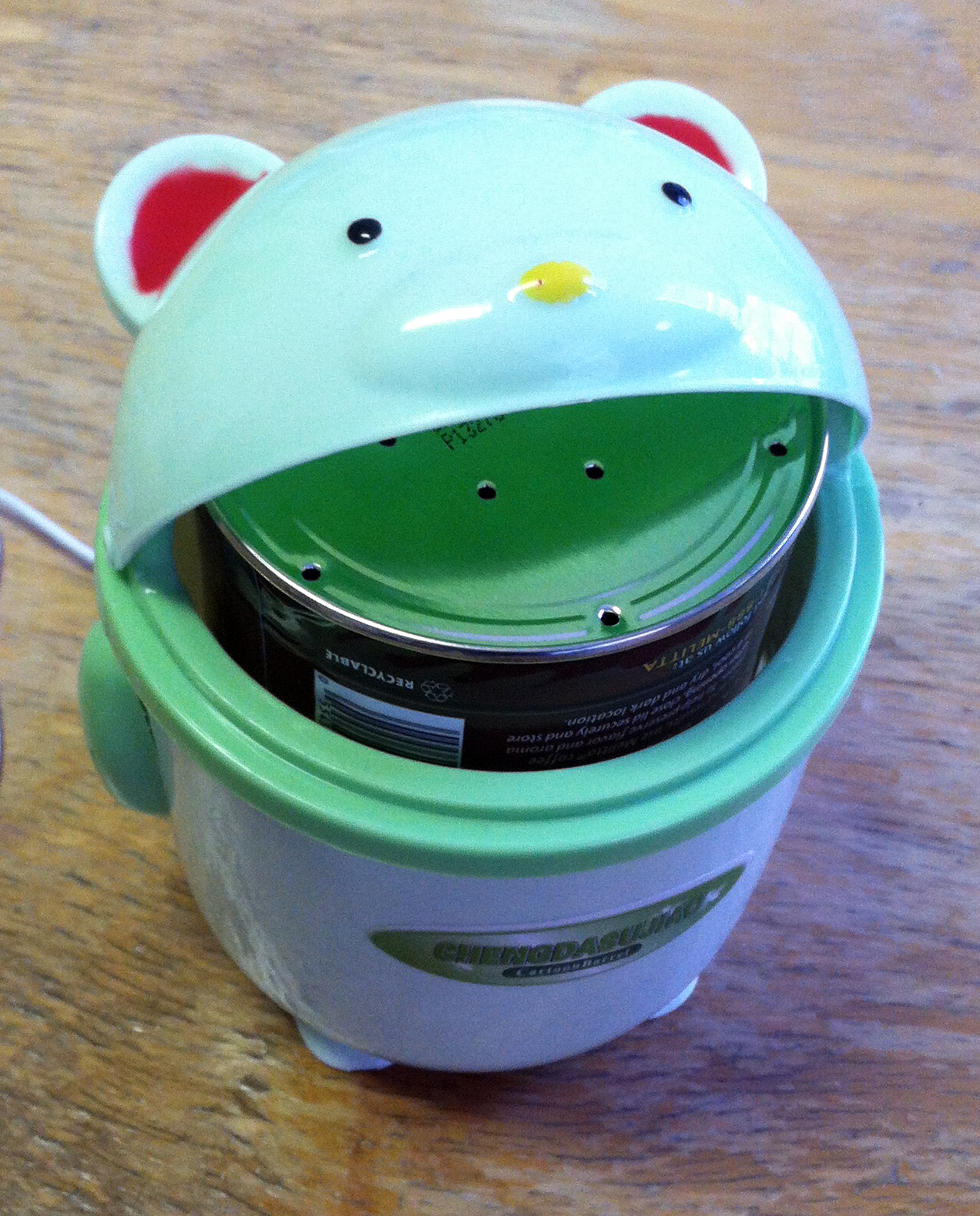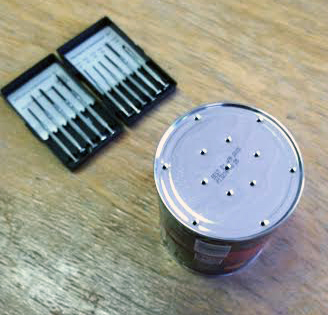
We love to make our environments pleasing to our senses, but the sounds that we live with are often overlooked in comparison to the time and effort we spend on the sights with which we surround ourselves. A white noise machine is one way that we can take some control over the soundscapes that we live in, but we don’t have much influence over the white noise options that are available to us.
Most white noise machines on the market are either electronic machines that play recordings of white noise, which can sound a lot like radio static, or machines that generate natural white noise from the sound of rushing air. These natural white noise machines simply consist of a mechanical fan that pushes air through an acoustic resonator to create the desired sound. By experimenting with household objects, such as an electric fan and a coffee can, you can easily create your own natural white noise machine to customize the soundscape of your environment for much less than even the cheapest machines on the market!
Your white noise machine can be as basic as a modified bucket placed over a fan, or it can be a sculptural work of art. Here’s how to get started on your own homemade white noise machine:



















